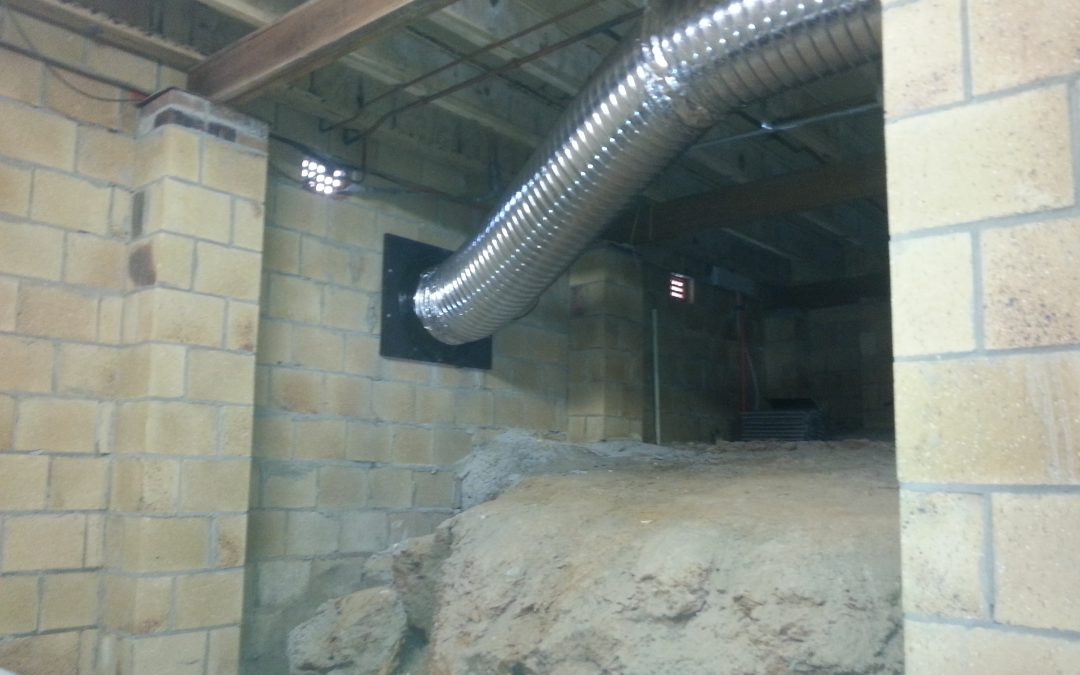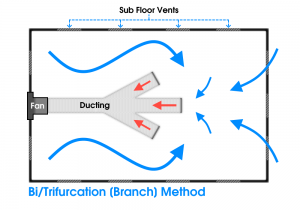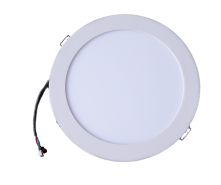Last Updated on June 21, 2025 by Website Manager
Subfloor ventilation follows the same principles as roof ventilation: extract inside air and replace it with outside air. Underfloor ventilation aims to extract the moisture and condensation that builds up and replace it with drier and fresher air from the outside. This helps to prevent mould from growing under your house, which can be bad for indoor air quality and even threaten the structure of your home. Make sure you have the right subfloor ventilation fans for your needs.
How do you get the moisture out of a subfloor?
Moisture collects easily in subfloor spaces due to a lack of air movement and a build-up of heat from household activities. The best way to reduce this moisture is by improving the ventilation in these underfloor areas. With increased air movement, condensation and moisture can’t build up and therefore can’t become a breeding ground for mould and dust mites. Removing moisture is crucial for a number of reasons including:
- Dust mite prevention
- Termite prevention
- Mould and mildew prevention
- Warping of wooden structures prevention
- Indoor air pollution prevention
How to improve subfloor ventilation?
Most homes and buildings rely on passive ventilation to supply underfloor areas with fresh air. These vents are usually small and don’t provide anywhere near enough airflow to be effective.
The best way to improve underfloor ventilation is to use underfloor ventilation fans. There are a number of techniques that can be used to optimise ventilation for your specific needs. At Solar Whiz, we generally use one of four methods to ventilate a building:
Bifurcation Extraction. This method includes a split ducting system that provides a number of different air intakes for the subfloor fan. That means that the fan draws air out of multiple different locations in your underfloor area.
- Single Duct Extraction. This method uses one duct opening to extract air from a specific area in your underfloor space. With this installation, the underfloor ventilation fan will target a certain area that might be more greatly affected than other areas.
- Roof-mounted Ventilation. This method is used in buildings that don’t have subfloor space or have very limited subfloor space. We use a roof-mounted Solar Whiz ducted down to the subfloor to extract air directly.
- Push/pull Ventilation. This method is most useful in circumstances where the underfloor space is separated by walls or other obstructions. It uses a single intake vent and a single underfloor ventilation fan to channel airflow through a space.
Replacement air is essential for these active air extraction methods to work properly. Usually, the passive vents that already exist on a building are enough. If you require more airflow we will provide you with more vents as part of the installation.
How Many Subfloor Vents Do I Need?
The number of subfloor ventilation fans that you will need depends a lot on the size and shape of your underfloor area. A larger space will need more vents than a smaller one. An L-shaped subfloor area will need more vents than a rectangular one. Additionally, some houses will have better natural ventilation than others. All houses are different and have their own specific needs and requirements. If you want to know how many subfloor vents you need to achieve the best results we strongly encourage you to get in contact with our friendly sales team to find out more.

 Bifurcation Extraction. This method includes a split ducting system that provides a number of different air intakes for the subfloor fan. That means that the fan draws air out of multiple different locations in your underfloor area.
Bifurcation Extraction. This method includes a split ducting system that provides a number of different air intakes for the subfloor fan. That means that the fan draws air out of multiple different locations in your underfloor area.


